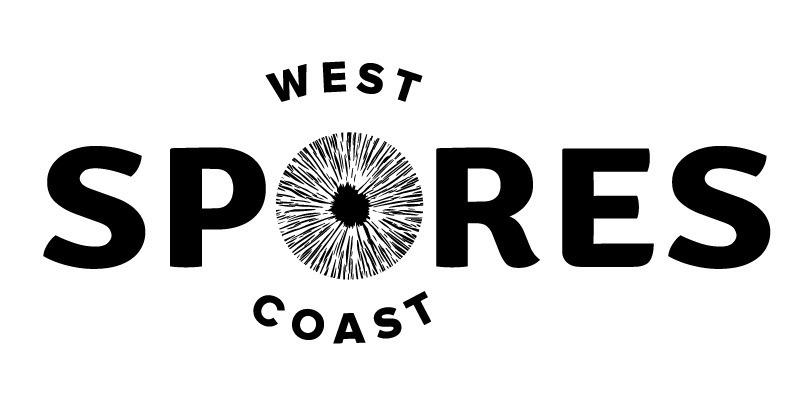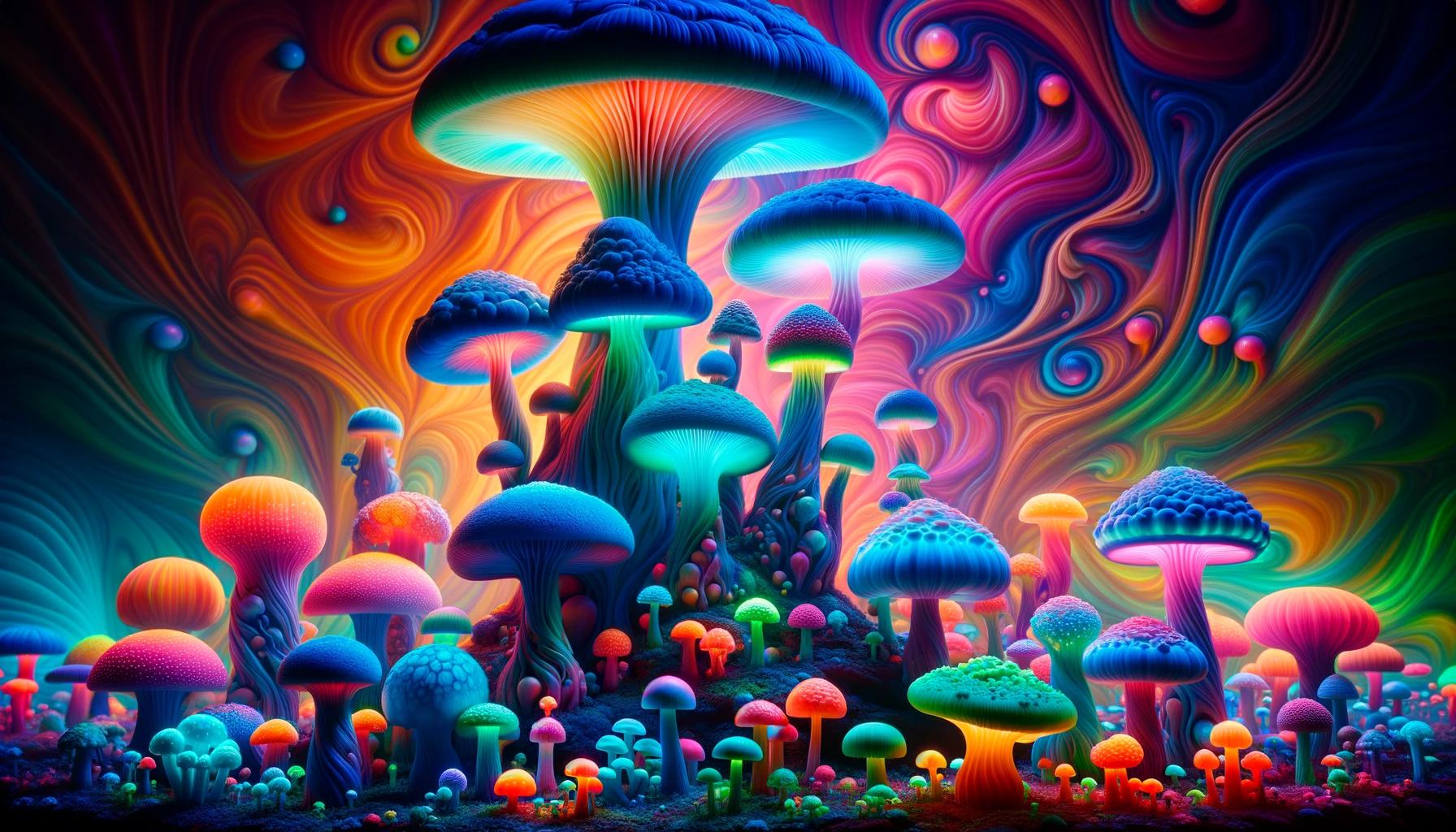Magic mushrooms, also known as psilocybin mushrooms, are a type of fungus that contain the psychoactive compound psilocybin. The genetics of magic mushrooms play a crucial role in their physical characteristics, potency, and ability to produce psilocybin. Understanding these genetics can help cultivators select the best strains for their needs and ensure successful growth.
What Are Magic Mushroom Genetics?
Magic mushroom genetics refer to the DNA makeup of the fungus, which determines its various traits. These traits include:
- Potency: The concentration of psilocybin and other psychoactive compounds.
- Growth rate: How quickly the mycelium colonizes the substrate and produces fruiting bodies.
- Yield: The amount of mushrooms produced from a given substrate.
- Resilience: The mushroom’s ability to withstand contaminants and suboptimal growing conditions.
Common Strains of Magic Mushrooms
At West Coast Spores, we offer a variety of magic mushroom strains, each with its unique genetic profile. Here are some popular strains:
- Golden Teacher: Known for its reliability and balanced effects, Golden Teacher is a favorite among beginners and experienced growers alike. It has a moderate growth rate and produces large, golden-capped mushrooms.
- B+: Another popular strain, B+ is prized for its versatility and resilience. It can thrive in a variety of conditions and produces large, potent mushrooms.
- Penis Envy: One of the most potent strains available, Penis Envy is renowned for its high psilocybin content. It has a slower growth rate and requires more attention but rewards growers with powerful effects.
- Albino A+: This strain is known for its striking appearance, with white caps and stems. It has a moderate growth rate and produces visually stunning mushrooms.
Cloning and Cultivating Magic Mushroom Genetics
There are several methods to clone and cultivate magic mushroom genetics, ensuring you get the best possible results:
- Spore Syringes: Spore syringes contain a suspension of spores in sterile water. They are used to inoculate a substrate, which will then be colonized by the mycelium.
- Mushroom Grain: Grain spawn is a substrate inoculated with mycelium. It is used to transfer the mycelium to a larger growing medium.
- Agar: Agar plates provide a nutrient-rich environment for spores to germinate and grow. Once the mycelium has developed, it can be transferred to a substrate.
- Liquid Culture: Liquid culture involves growing mycelium in a nutrient-rich liquid. This method allows for rapid colonization of a substrate.

